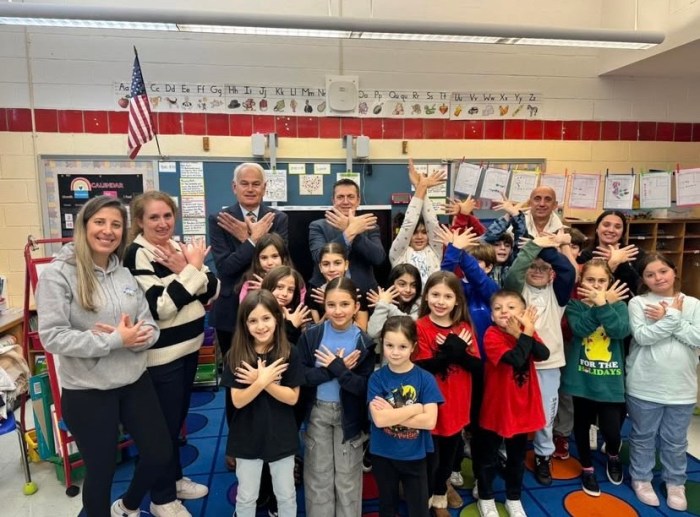BY Aline Reynolds
Girls, ages 5 to 17, enter sports at a later age than boys, participate less in athletics and drop out more frequently from team competition – particularly in densely populated areas like Lower Manhattan, according to a recent study.
Only two in five high school girls nationwide participate in sports, also according to the findings published by the Women’s Sports Foundation, a nationwide organization that promotes physical activity among women.
Manhattan Youth is hoping to reverse that trend, hosting a community-wide forum next Wednesday, March 30, to encourage female middle school students and teens to join its after-school athletic programs.
“We want to start really investing in developing programs that are going to get more girls involved at much higher levels, as in the suburbs,” said Theseus Roche, program director at Manhattan Youth.
Roche said he hopes to gather ideas from parents and youths for new after-school programs that would target girls’ interests.
“[We hope to learn] what the individual issues are, and what we can do to attract specific kids to something they ordinarily wouldn’t be interested in,” said Roche. “I’m very excited about starting this process.”
Roche plans to use I.S. 276’s successful after-school sports program, where 16 of the middle school’s 34 girls were on the basketball team this year, as a model for new activities. “We’ve really pounded the pavement there – a lot of them have never played sports before,” said Roche.
The low girl-boy ratio in sports is especially prevalent in urban communities, where one quarter of all girls have never belonged to a sports team, according to the W.S.F.
Part of the problem is that girls lack the community-wide support that boys get to nurture their athleticism, according to Marjorie Snyder, co-C.E.O. and chief program and planning officer of the W.S.F., who will speak at the Manhattan Youth forum.
“There are a lot more social goodies for boys who participate [in sports],” she said, such as coaches and male professional athlete role models, and practice sessions with their fathers.
“In order to create a supportive environment for girls, you need a whole group of people – from parents, to people coaching them on a daily basis, to people providing them with a safe place to play.” Parents, in particular, must be educated about the value of sports in their daughters’ lives, said Snyder.
Physical barriers to recreation, she added, must also be addressed. “There are solutions that don’t require [gyms],” Snyder said, such as holding physical education classes in parks, parking lots or on sidewalks.
Creative programming, Snyder said, is also key – schools that offer hip-hop, jump-roping and other female-oriented activities are much more likely to engage girls. “If you open up a gym and throw out a half a dozen basketballs, you’ll attract boys. You can’t attract girls that way – you have to offer programming they might like,” said Snyder.
The N.Y.C. Public Schools Athletic League recently created a Double Dutch high school varsity team, she noted, in an attempt to encourage girls’ participation.
The low girl-boy ratio in sports is particularly apparent in co-ed youth teams, which boys are twice as likely to join. Only two out of 42 youths enrolled in P.S. 234’s 2010-2011 co-ed basketball club, for example, are females.
“There’s a push to keep things co-ed at younger ages because to separate boys and girls is a tacit acknowledgement of disparity in ability at that age,” explained Roche. Ironically, seven- and eight-year-old girls are usually stronger and better coordinated than their male counterparts, and are often more engaged in the skills and teamwork aspects of games.
The forum will take place at Manhattan Youth’s Downtown Community Center (120 Warren Street) on March 30 at 6:30 p.m.
To R.S.V.P., visit girlssports.eventbrite.com.
“Women seem to drop out for a number of years in physical activity,” said Bob Townley, Manhattan Youth’s executive director. “What we’re doing is trying to educate ourselves on what we can do to change that.”




































